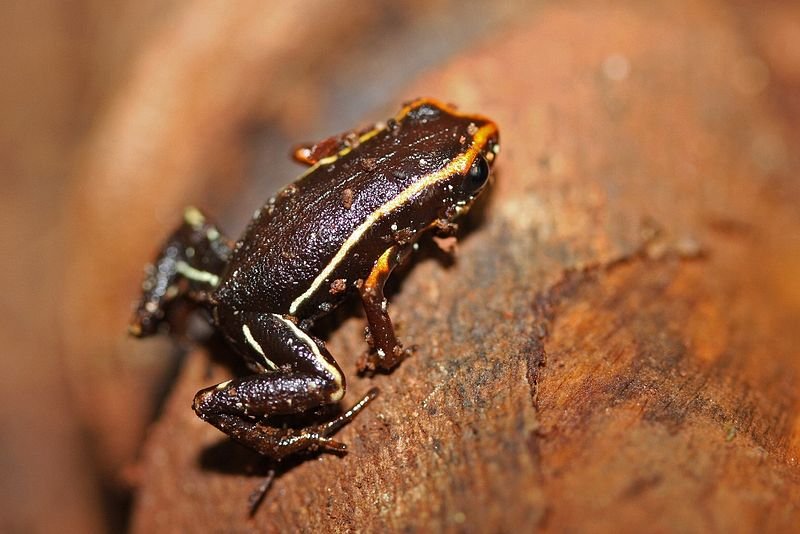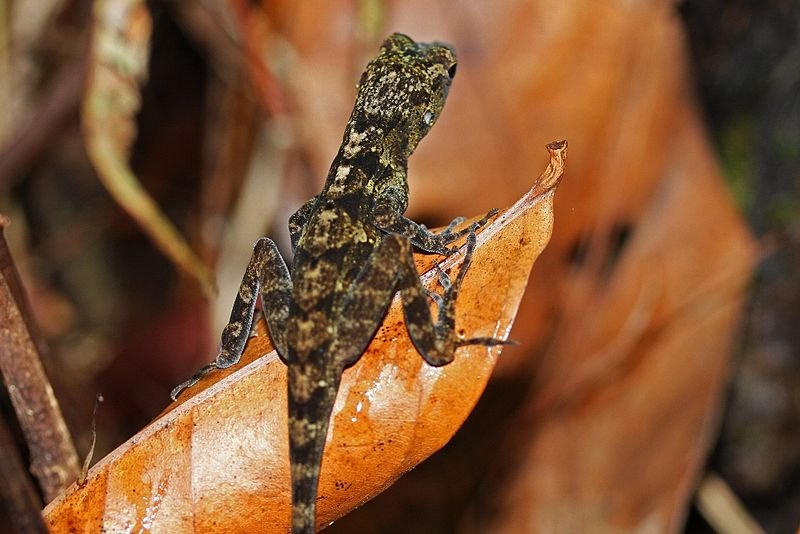 Monte Iberia Dwarf Frog in the Alenjandro de Humboldt National Park, Cuba
Monte Iberia Dwarf Frog in the Alenjandro de Humboldt National Park, CubaSource: https://commons.wikimedia.org/wiki/File:Monte_Iberia_Dwarf_Frog_(Eleutherodactylus_Iberia)_(8572426754).jpg
Author: Thomas Brown

The Alejandro de Humboldt National Park is located in Cuba. It is celebrated for its diverse ecosystems and rich concentration of species which is unmatched anywhere in the insular Caribbean. This is the result of the complex geology and topography of the area.
Alejandro de Humboldt National Park was named after Baron Alexander von Humboldt, a German naturalist and explorers of the 18th to 19th century. Alexander von Humboldt visited Cuba in 1800 and 1801.
Alejandro de Humboldt National Park is one of the most important sites in the Western Hemisphere for the conservation of endemic flora. 16 out of Cuba's 28 endemic plants are found here, including the Dracaena cubensis and Podocarpus ekman. It is also rich in wildlife, including many species of parrots, hummingbirds, lizards, the hutia, and snails. The Cuban Solenodon is also endemic here.
 Anole, Alejandro de Humboldt National Park
Anole, Alejandro de Humboldt National ParkSource: https://commons.wikimedia.org/wiki/File:Spanish_Flag_Anole_(Anolis_allogus)_(8596821061).jpg
Author: Thomas Brown

Alejandro de Humboldt National Park was inscribed as a World Heritage Site during the 25th session of the World Heritage Committee in Helsinki, Finland, on 11-16 December, 2001.
World Heritage Site Inscription Details
Location: N 20 26 60 W 75 0 0 in Guantánamo and Holguín provinces, covering an area of 69341 hectares, with a buffer zone of 34330 hectares.Inscription Year: 2001
Type of Site: Natural
Inscription Criteria: IX, X
 Latest updates on Penang Travel Tips
Latest updates on Penang Travel Tips

Copyright © 2003-2025 Timothy Tye. All Rights Reserved.

 Go Back
Go Back